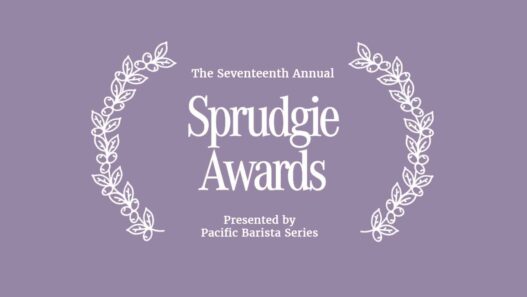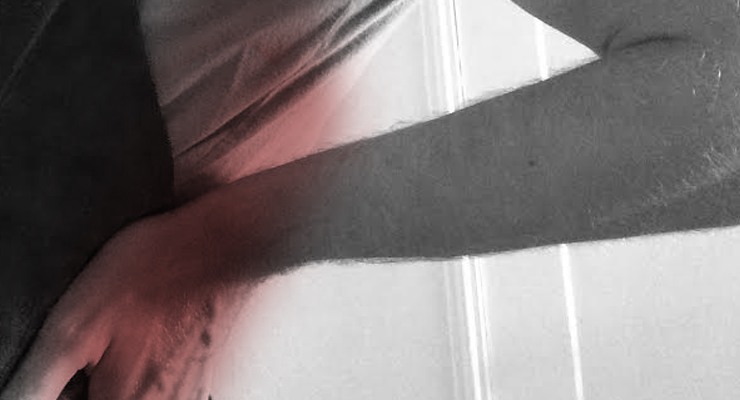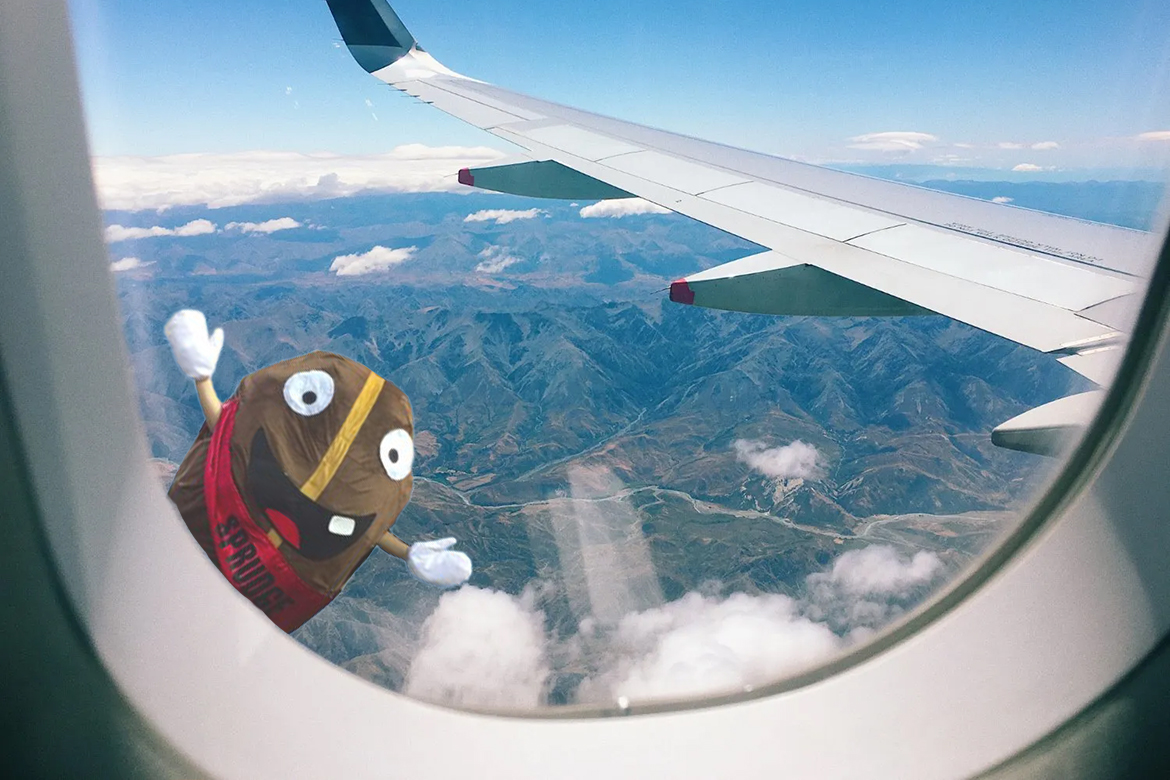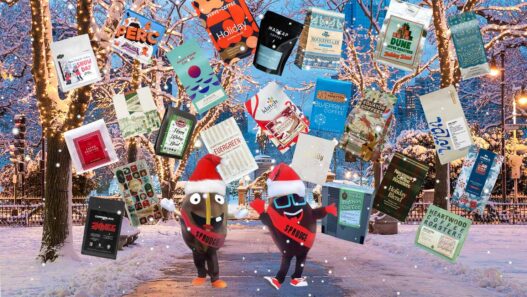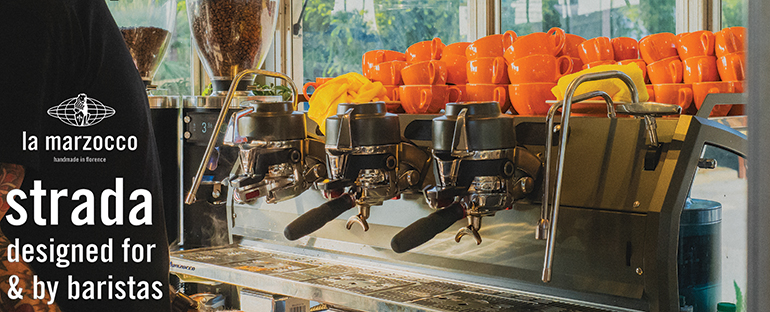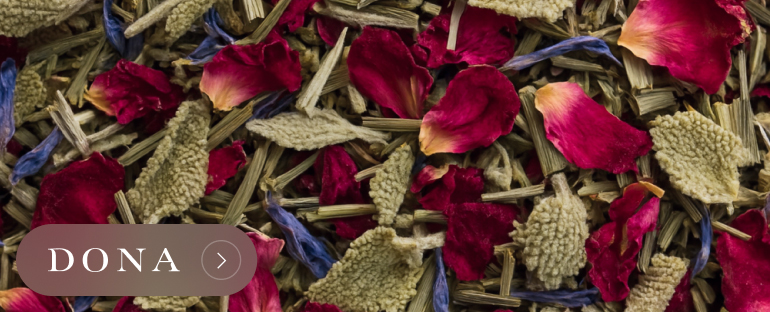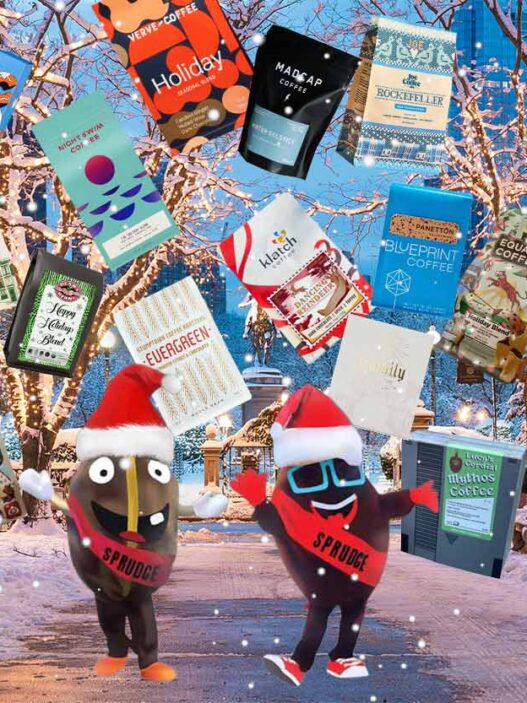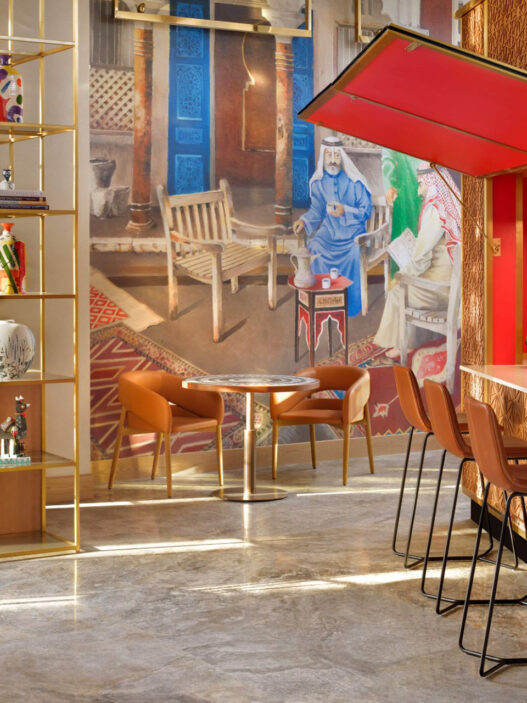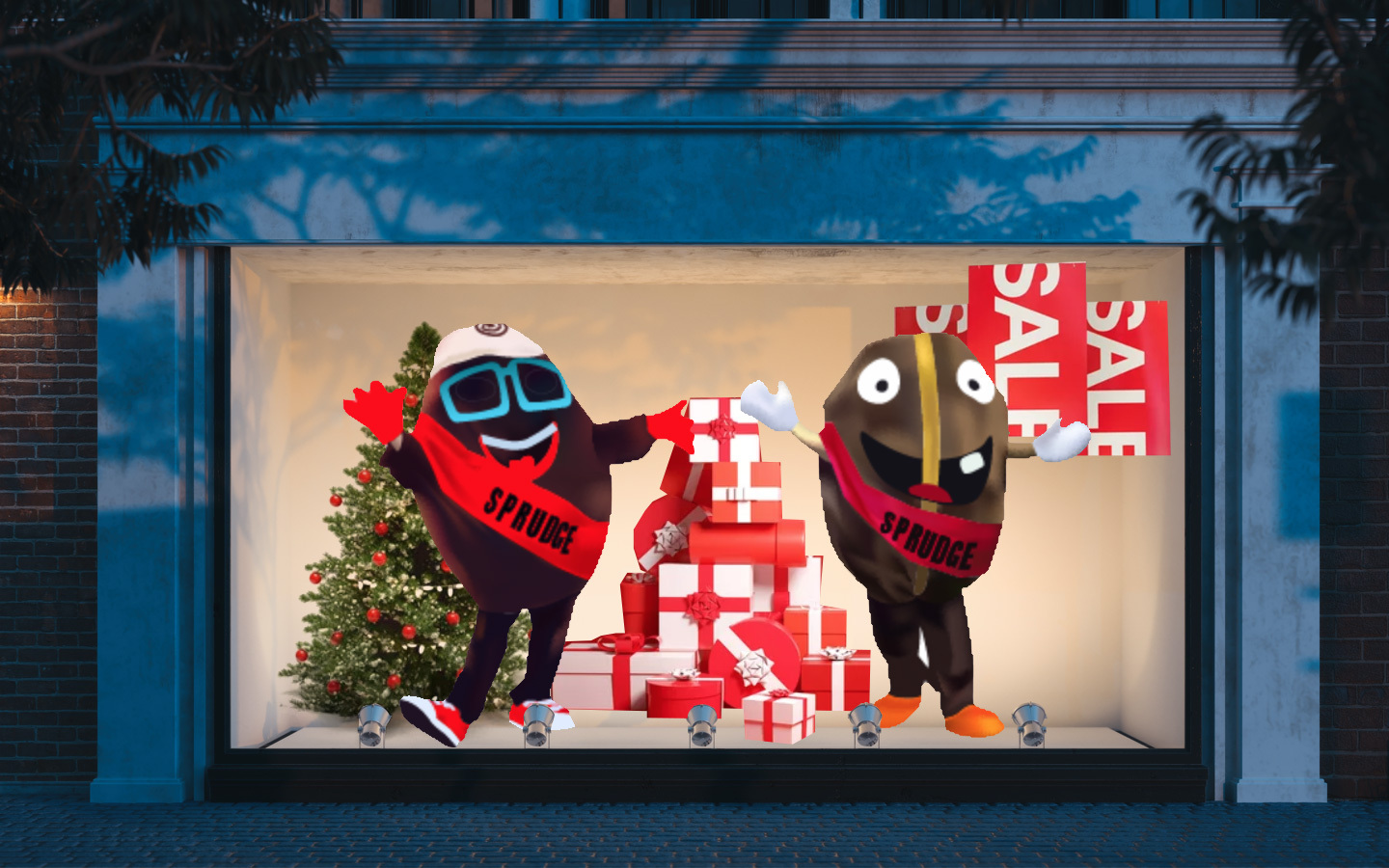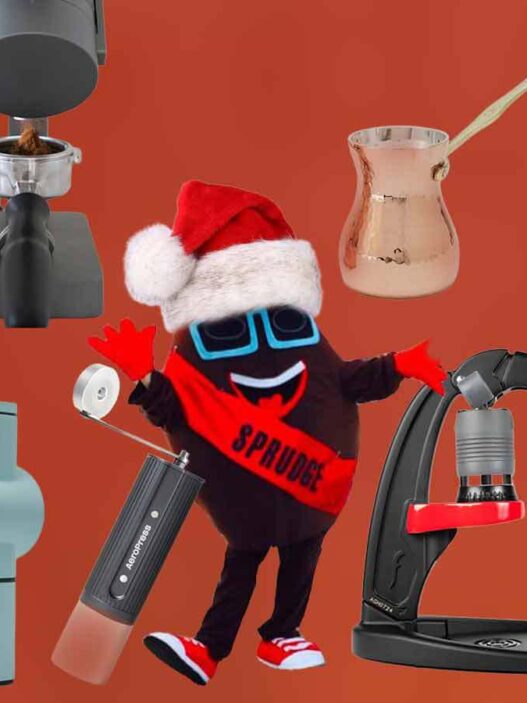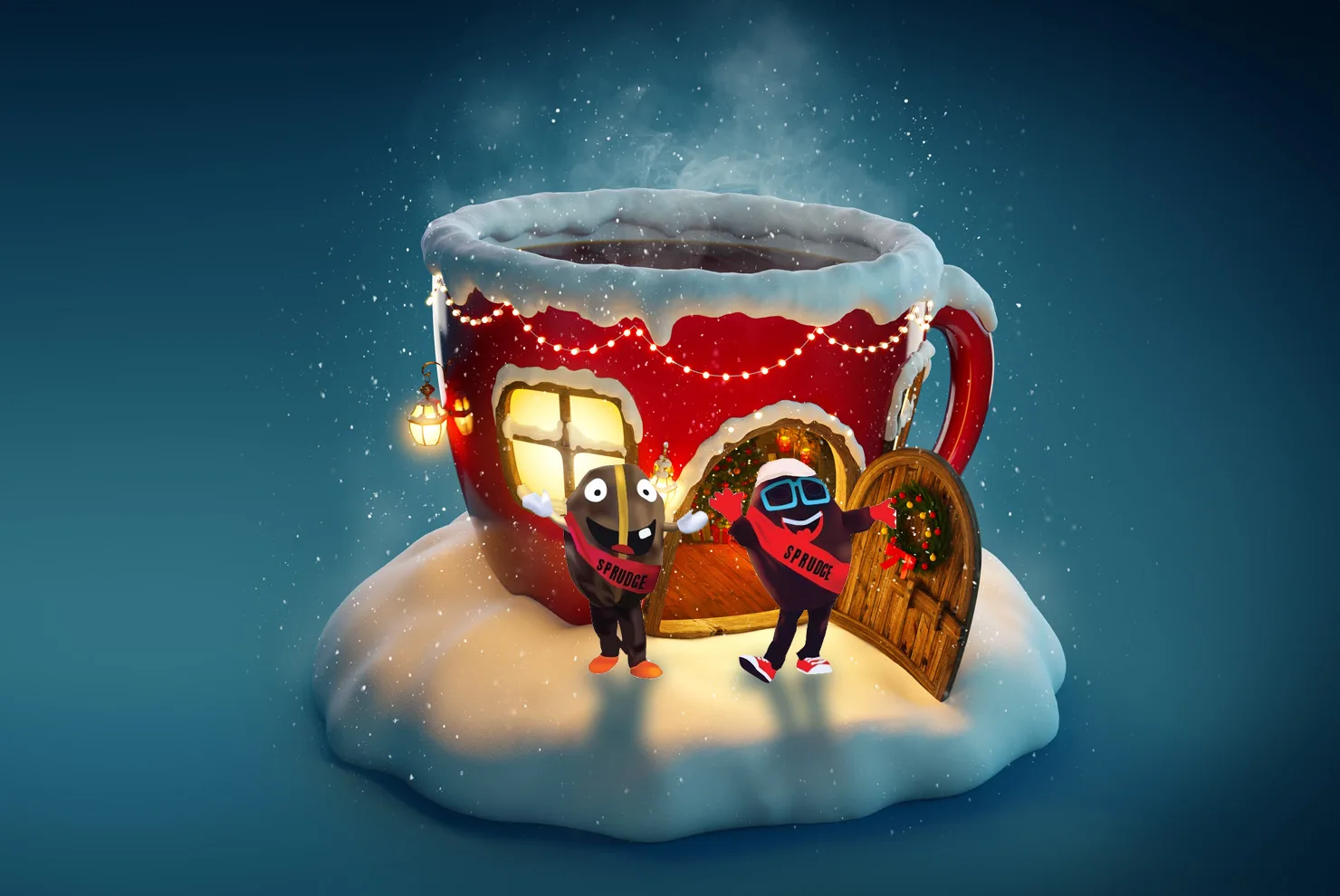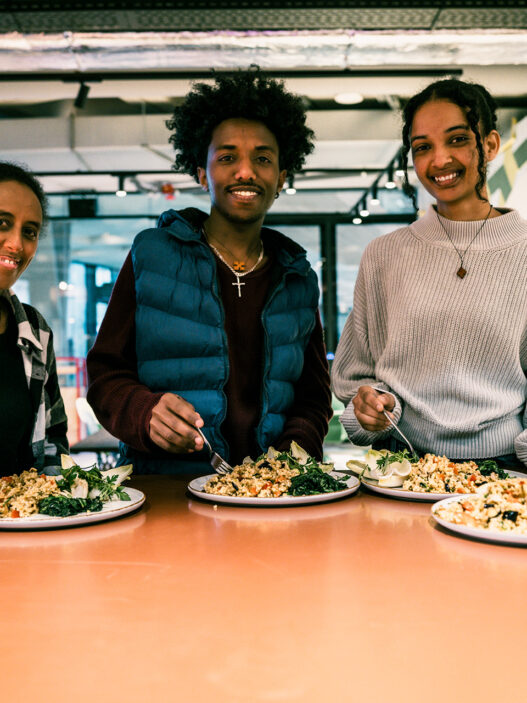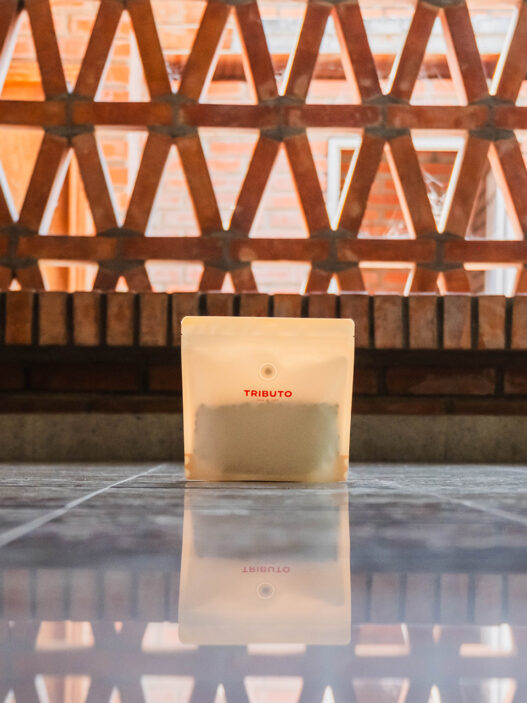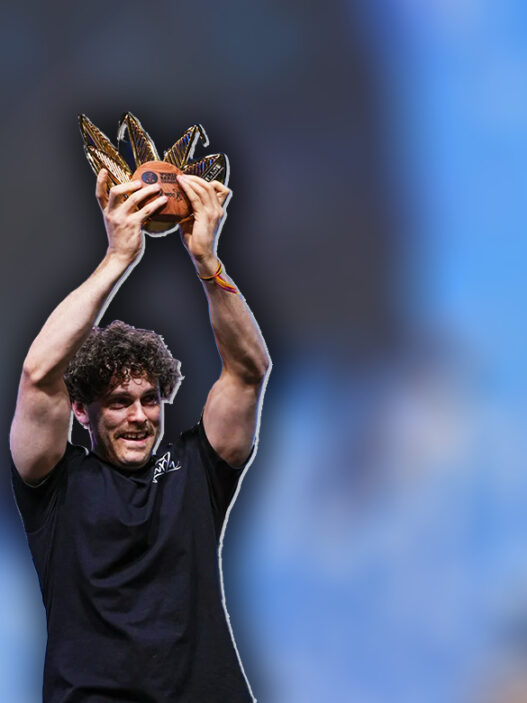Your Sprudge editors have never been to Vienna before, which makes our travel there for WBC 2012 marvelously exciting, but puts us at distinct journalistic disadvantage as far as previews are concerned. Fortunately for us all, Sprudge contributor Alex Bernson spent an extensive amount of time in Vienna during the summer of 2011, and he’s put together a marvelous series for us on Viennese cafes and culture. Read part 1 here, and follow coverage from the 2012 WBC all week long on Sprudge, or on Twitter via @sprudge #WBC2012. Take it away, Alex…
Based on my research and travel in the city, I’ve compiled a list of cafés to visit that span the breadth of Viennese café culture, instead of trying to focus on a comprehensive list of the most famous cafés. As a bonus I have included a cocktail bar that is one of the most well-preserved and historic icons of the development and spread of American bar culture internationally.
Café Sperl, Gumpendorferstraße 11, an exemplar of the brilliant design details that make Viennese cafés so iconic and functional. Even if you cannot visit, the beautiful interactive panorama on their website can give you an idea of Sperl’s appeal. Though founded in 1880 and every bit as classic and grand as any other Viennese café, Sperl manages to feel more inviting, lived in, and authentic than most. Of particular note design-wise are the pool tables, the many newspapers arrayed on tables and the perimeter seating created by banquettes flowing into and out of the window nooks. There is a strong tie between cafés and games—historically many of the grandest European cafés would have rooms dedicated to card games, chess, and billiards with anywhere from five to fifty tables. An even stronger historical tie exists between cafés and newspapers. London-style coffee houses and Continental-style cafés served as the primary dissemination points for news in the 18th and 19th century, and tables full of publications from all over the world, attached to wooden rods for easy reading, were an integral part of every large café. The flowing banquettes and especially the intimate window niches that provide enhanced privacy and the ability to observe the street outside discreetly are a uniquely Viennese arrangement, and my favorite bit of social design technique. For an awesome modern take on this idea, visit Prince Coffee Club, listed later in this guide.
Café Central, Herrengasse 14, one of the most storied classic cafés. Opened in 1876, this café served as the home of Vienna’s intellectual scene during the fin de siècle. “When asked for his address, Peter Altenberg, the coffee house poet, replied: ‘Vienna I, Herrengasse, Café Central’”. Café Central’s grand vaulted ceilings and sumptuous interior reflect Vienna’s flair for monumentalism and romantic historicism. This café was a gathering place for literary and intellectual avant-garde from all over Europe, with Lenin, Trotsky, Freud and many others being regulars at one time or another. Despite having a rather touristy ambiance now, the design is still well worth seeing. Though it is often closed, the covered arcade in the center of the building is particularly noteworthy. Sit there and imagine it full of intellectuals, cigarette smoke, and heated discussion. You may start to get a feel for why Alfred Polgar wrote “The Central is a place for people who have to kill time, so as not to be killed by it.”
Café Prückel, Stubenring 24, a beautifully preserved, eminently livable 1950s take on the grand café. A large corner café on the ringstraße, with excellent pastries, ample outdoor seating and a striking, spacious, sun-drenched main room that is perfect for a languorous afternoon eating cakes and reading the paper, or camping out to get some work done on a laptop. The 1950s décor, relaxed service pace, dapper old men and women meeting for a casual chat, and at times heavy cigarette smoke (there is a smoke-free back room) will transport you back to another era of café life. For me this café perfectly mixes everyday comfort with gorgeous design.
Kaffee Alt Wien, Bäckerstraße 9, a café with a storied past that has become a grungy, well-worn nighttime hang-out for younger people. This café was founded in 1936 on one of the medieval back streets of the central city by Leopold Hawelka, who later went on to found the famous Café Hawelka (also very much worth a visit). Kaffee Alt Wien has always had a reputation as a more bohemian café popular with students and “odd characters”. Its rather dark, gloomy, smokey interior covered with posters for concerts and other events feels worlds away from the immaculate interiors of Vienna’s grander cafés. Rather quiet during the day and popular with writers, this café may not be the best place to come for breakfast or a morning coffee, but is a wonderful place to gather in the afternoon or evening for beers with friends or a chat with the colorful older bar-men.
Orlando di Castello, Freyung 1, a chic, hyper-modern and eccentrically designed space with haute food and pastries accompanied by quite passable specialty coffee and well done cocktails. Right around the corner from Café Central in the city’s austere 1st District, this flamboyantly inventive café, though expensive, is a must visit place with the second best coffee I found in the central city. The menu, interior design, music choices and attentive staff help this space transition organically from café to restaurant to bar throughout the day. The kitsch Nordic meets Miami ultralounge meets Barcelona contemporary design must be seen to believed. The food served is surprisingly considered and delicious, but for me the true stars here are the exuberantly modernized take on the Austrian pastry tradition, the eclectic bar program, and the coffee. Micro-foam, latte-art and decently pulled 100% arabica shots may not seem that exciting, but in Vienna, it is a god-send for the more specialty-attuned coffee palate.
Prince Coffee Club, Hoher Markt 8 – 9, my vote for best coffee in Vienna, one of the most interesting and innovative modern translations of traditional café design in Europe and actually one of my all time favorite cafés in the world. The product mix is as much Northern Californian as it is Viennese: quite good modern specialty espresso, well-done baked goods that largely steer away from the classic cakes and tarts and tasty light food. It is all counter-service and the baristas were quite friendly. However the stand-out for me, and what makes this such a uniquely Viennese café, is the refined modern design and brilliant seating arrangements created by Viennese architect Peter Döllmann. If you don’t have the chance to visit Café Sperl first, at least check out their panorama so you can see the traditional perimeter banquettes that are the inspiration for the seating in Prince Coffee Club. While the traditional arrangement created more privacy and intimacy, Döllmann’s lower, sparer, more flowing take, combined with the multifunctional tables/stools, creates a comfortable, informal space that is able to accommodate quick stops, lounging about, chance meetings, neighborhood socializing, and laptop usage organically in the same space. And once again, this is your go to choice for good coffee in Vienna outside of the WCE venues.
Kärntner (American) Bar, Kärntner Straße 10, built by Adolf Loos in 1908, this tiny bar has an outsize place in the history of modern architecture and cocktail culture. Loos was one of the first proponents of modern architecture in Vienna, and a prominent figure in its spread throughout the continent. The simple, highly geometric design and ornamentation of this bar combined with the heavy use of onyx and dark woods and marble gives this bar a unique ambiance that contrasted radically with the predominant styles in Vienna at the time. This bar was also one of the first of a wave of “American” bars opened throughout the great cities of Europe, reflecting Europe’s then infatuation with all things American, especially the uniquely American “hotel bar” style and the cocktails or “American drinks” served there. The long bar and booth seating seen here are hallmarks of the style. Loos’ striking design helped cement the Viennese’ association between cocktails and modern culture. The bar is still very much operational today, but the tiny room and prohibition of photography mean that is much better to come here for an intimate drink than to gawk with a crowd. For more on the historical significance of this bar, I highly suggest this lecture.
I’m indebted to the recommendations and writings of Christoph Grafe for much of the information contained in this guide.
View Sprudge.com Vienna Cafe Guide in a larger map




